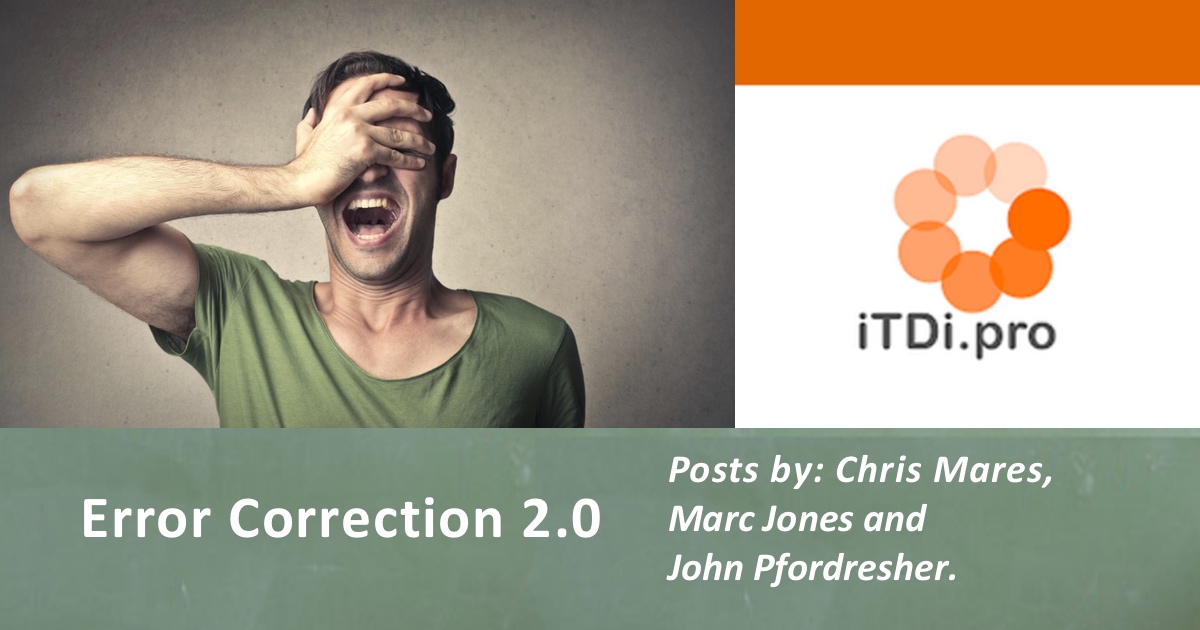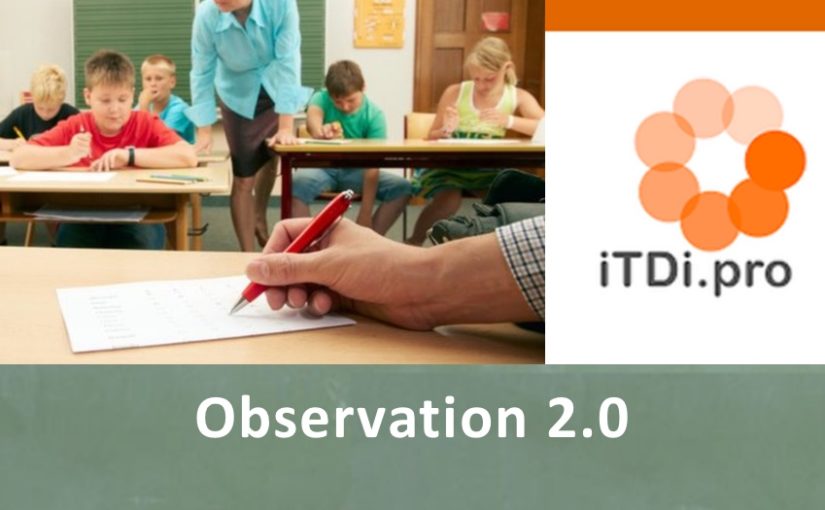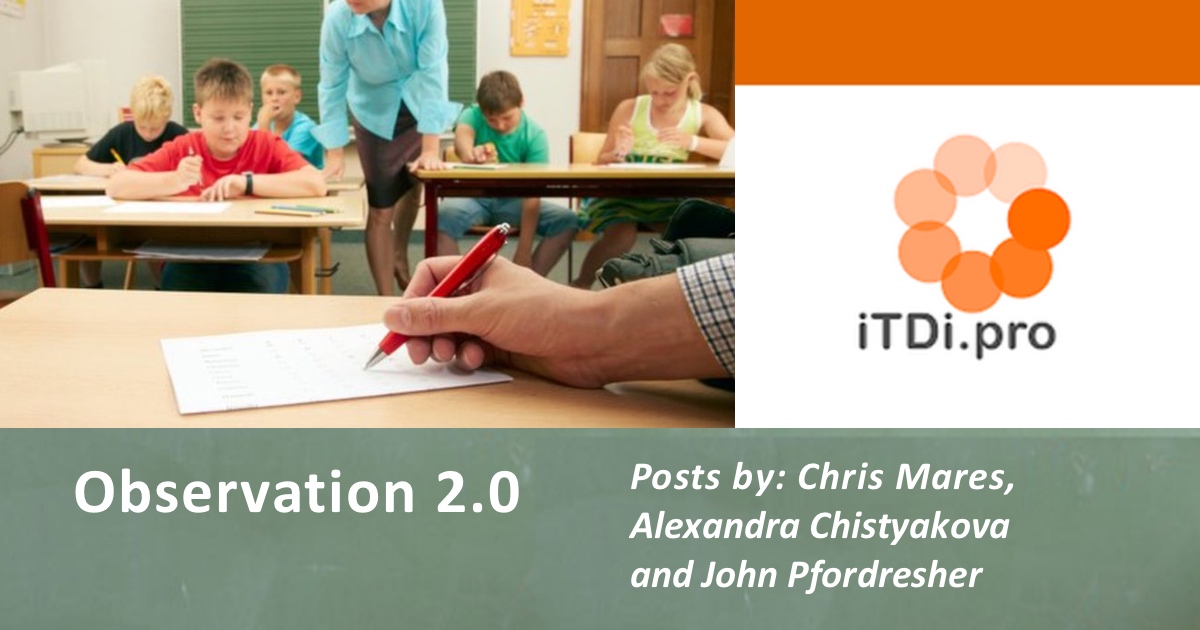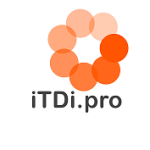
The term “error correction” is problematical as the word “error” has a negative connotation, when, in fact, “errors” are a necessary part of learning and language acquisition process. Without testing hypotheses and getting meaningful feedback on “errors”, learners would not be able to master language.
However, teachers need to provide meaningful and constructive feedback at appropriate times. Naturally the issues to consider are firstly, what constitutes meaningful feedback, secondly, how we give it constructively, and thirdly, when is an appropriate time.
Knowing about languages helps
I often get asked if a teacher needs to speak the students’ first language in order to teach them. I say, “No,” but it helps. More importantly, it is helpful to know about the students’ first language. If you know something about Japanese, you will know that articles and prepositions will be an issue. If you know something about Chinese, you will know that verb tenses will be an issue. And if you know something about Spanish, you will know that word order will be an issue in general and sentence length will be an issue in the written form.
General points
Two general points to consider are whether “correction” is necessary at a particular time and whether it will achieve anything. Consider the adage “telling is not teaching”. Telling a student that she has made an error does not necessarily result in a benefit for the learner. However, training students to notice their own language will help them. It’s worth remembering that students don’t need to focus on all the errors they make and correcting all errors will be demoralizing and counterproductive.
In small classes
In small classes it is reasonable to give regular feedback to both spoken and written errors, and to have a sense of who knows what and who needs what. The trick is to maintain the pace of the lesson and the energy of the class while providing useful feedback to all learners.
In large classes
In large classes it is difficult to provide meaningful, regular, and individual feedback to either spoken or written output. However, it is possible to monitor the class as a whole, look for common errors, and give feedback in a more general sense at strategic points in the class, or in review sessions.
Feedback on spoken errors
Echoing works. For example, a student makes an error such as, “Yesterday, I go shopping,” and the teacher simply echoes the preferred response, “went”. Over time and with regular echoing, students will begin to notice and correct their own errors. The teacher must be principled in terms of deciding what items to echo. This will depend on the level of the student and the type of error being made. If the error is minor and doesn’t impinge on the clarity of the message, then consider ignoring it. However, if the error leads to a lack of clarity in the message or the teacher regards it as significant, then that would be the time to echo.
Feedback on written errors
I recently attended a presentation by a young Saudi teacher on burning the midnight oil. I very much enjoyed it and whole-heartedly agreed. Essentially the message was – don’t burn the midnight oil. You don’t have to. Correcting all errors in a piece of writing will achieve little except demoralize the student. Focus on particular types of error only. Vary the focus. If the assignment is a long one, focus on one error type for the whole assignment and then choose three lines, highlight them, and correct all the errors. This will give students a snapshot of the type of errors they make and have made throughout the assignment.
Final thoughts
Students need feedback and students need correction. However, they don’t need all errors to be corrected all the time. The art of teaching includes deciding which errors to correct, when and how to correct them.
Individual learners need feedback that is particular to their own learning curve, while groups of learners need feedback that is relevant to the group as a whole.
Learning when to give feedback and how best to give it takes time. Observe yourself. Reflect. Ask yourself what you choose to correct, when, and why. Over time you will arrive at a framework that works best for you in the context you teach.












